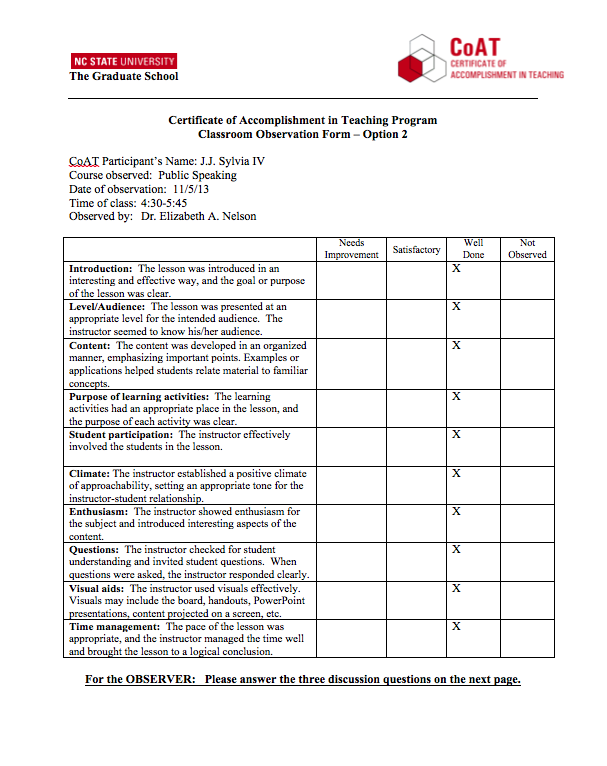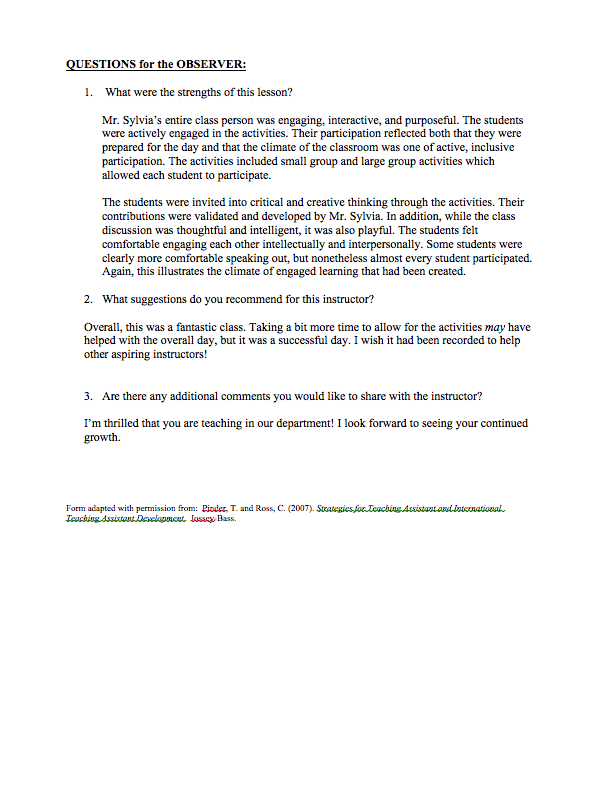Activity
In preparing my public speaking students for their persuasive policy speeches, I prepared a series of activities to help them understand the importance of values both in their policy and as part of addressing counter-arguments.
We began with a kinesthetic activity, where all of the students gathered in the center of the room. I would then read two different values, i.e., safety and adventure, and align them with a particular side of the room. Students were asked to “cross the line” in the middle of the room and choose which value was more important them. After moving, the group from each side was asked to discuss why they made their particular decision. Through this discussion, we observed how each of us must balance competing values when we make decisions in our day-to-day lives, and how each of us can interpret the same value in different ways.
From there we discussed the idea of universal values. To begin, each student was asked to jot down a value that they believed was universal. They then broke into groups of four and worked together to determine one value that they agreed was the most universal. Finally groups traded papers and attempted to challenge the universal value they received. During this discussion, the students realized it is very difficult for everyone to always agree on a value, and that in particular situations, one value can be more heavily weighted for a person than another.
Next, we discussed how the skill of challenging ideas like universal values is the same skill needed to think about potential counter-arguments for their speeches, as well as how to address them. If one can understand what the related values and beliefs are for the other side, there’s more room for persuasion.
Finally, students broke into groups of two and worked on generating counter-arguments for each other’s persuasive policy speech thesis, with the goal of finding the best counter-argument they could address during their speeches.
Reflection
My major communication concern before this activity was that it would necessitate a high level of immediacy and that my students feel comfortable enough with me to be able to open up and honestly discuss something that can be as personal as values. Additionally, the Crossing the Line activity required that I be able to let the discussion happen naturally but also help students understand the main points that were arising through the discussion. By having students literally move to show their support for a particular value, I would be aiming to start discussion with a controversy based on these divisions.
During the activity, I managed these concerns by allowing the discussion to be student-led while I focused on actively listening and positively acknowledging student comments, pausing every now and then to elaborate on a point and help the students reflect on how that point related back to our discussion about values. These occasional summaries helped to clarify and keep the conversation moving in a productive direction. I worked hard to allow the conflict to be an aid to our discussion – to help students understand that persuasive policy speeches happen inside this area of conflict. Overall, I think this strategy worked well.
For the future, I would consider spreading these activities out over a longer amount of time. Although the discussion overall went very well, there were times I had to keep the conversation moving even though it was focused on interesting and beneficial material. This also potentially prevented all students from participating as much as they wanted.
Additionally, I would focus more on making sure all students participated in the discussion by asking those who participated less more general questions that don’t have wrong answers. For example, instead of asking for volunteers to explain why they selected each value, I could call on a particular student by name to explain his or her decision.


